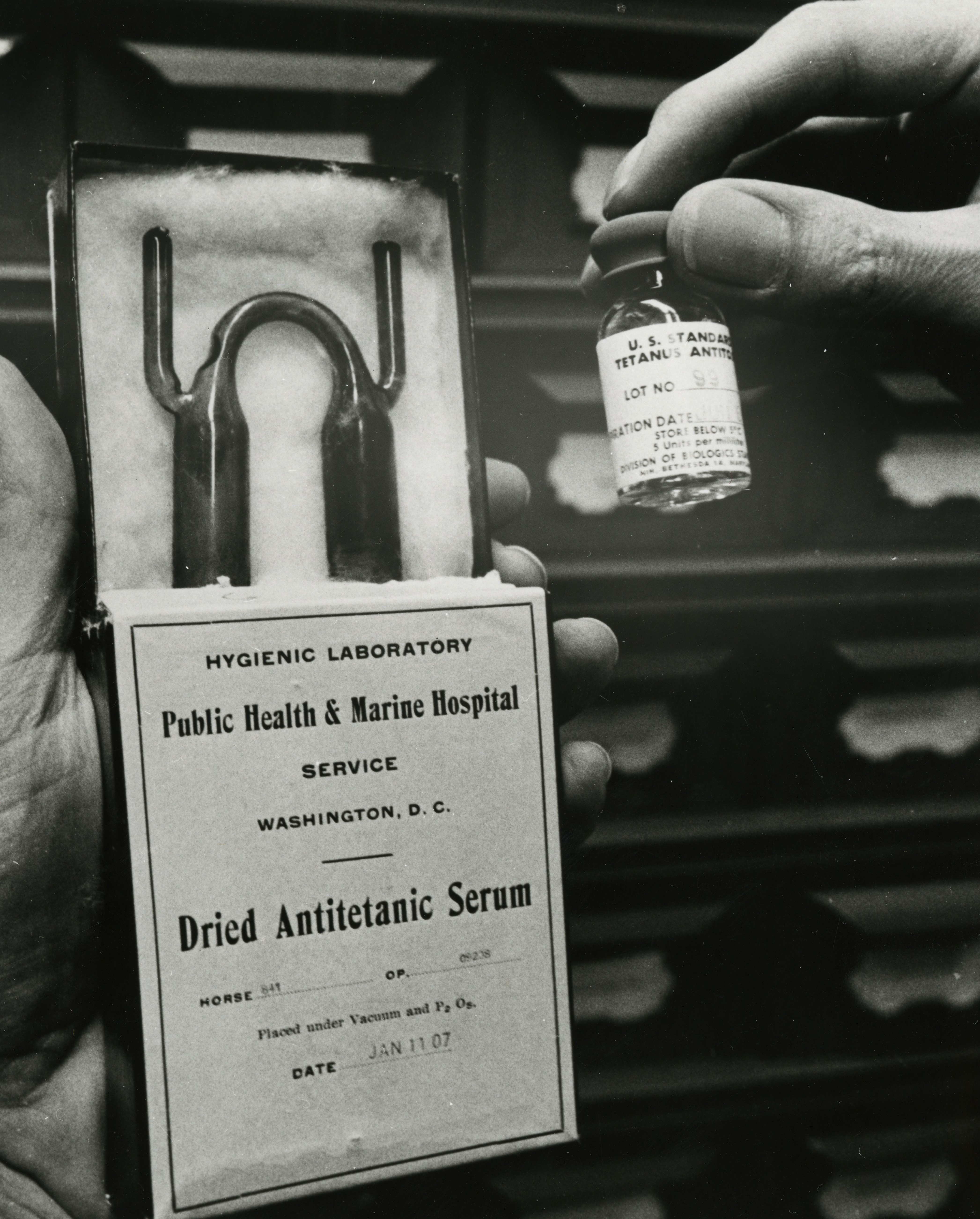...
| Dive | ||||||||||||||||||||
|---|---|---|---|---|---|---|---|---|---|---|---|---|---|---|---|---|---|---|---|---|
| ||||||||||||||||||||
|
...
In 1948, the tetanus vaccine became available in a combined vaccine (DTP) with diphtheria toxoid and the pertussis vaccine.
In the late 1940s, tetanus Tetanus toxoid-containing vaccines were introduced into routine childhood vaccination and tetanus became in the late 1940s, making tetanus a nationally notifiable disease. At that time, between 500–600 cases (approximately 0.4 cases per 100,000 population) were reported per year.
...


